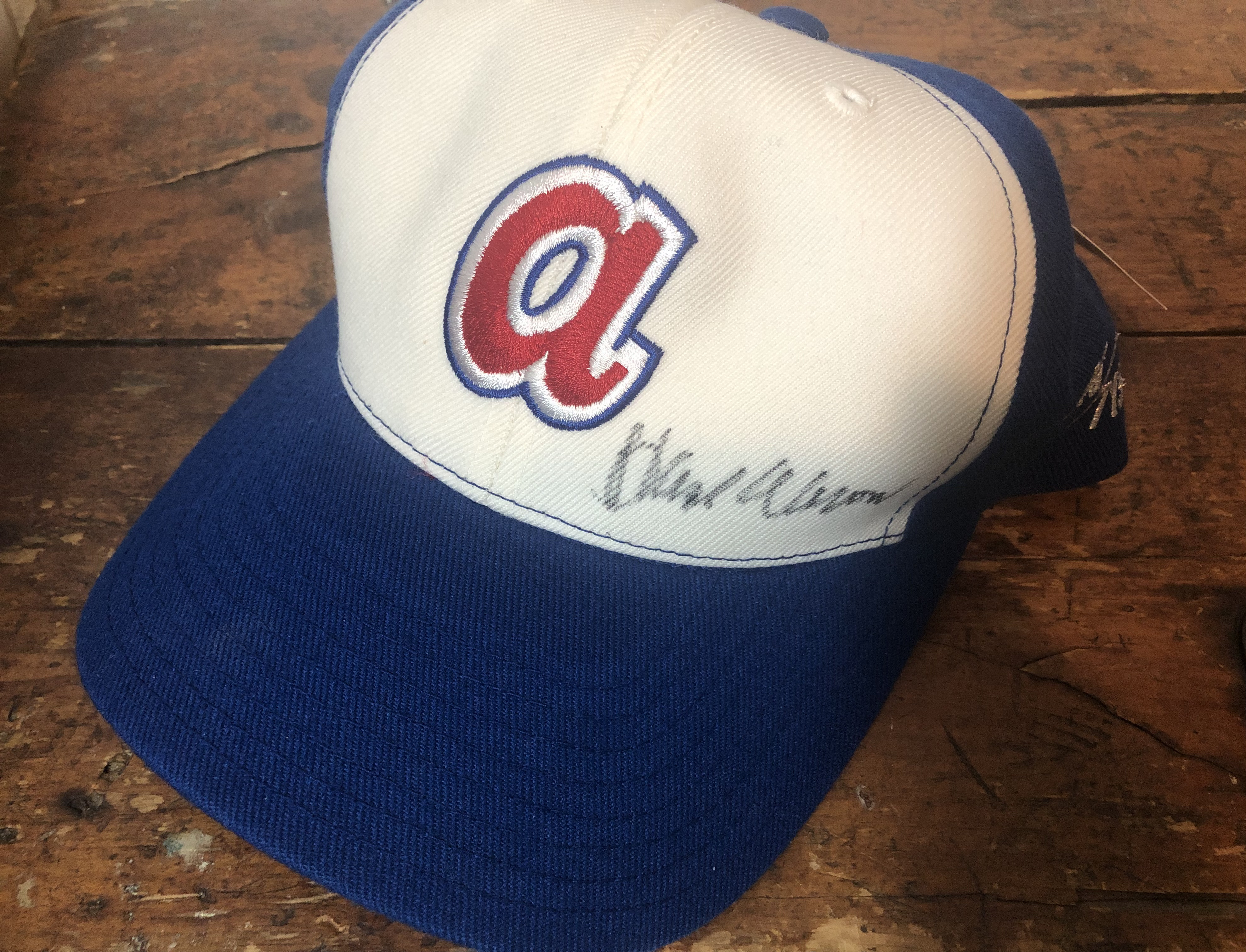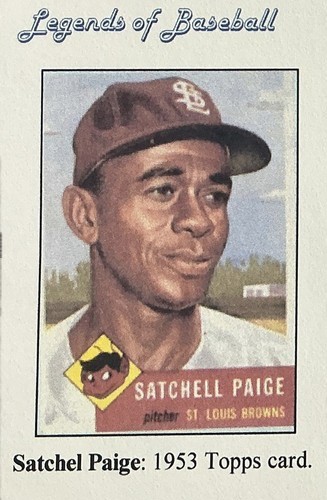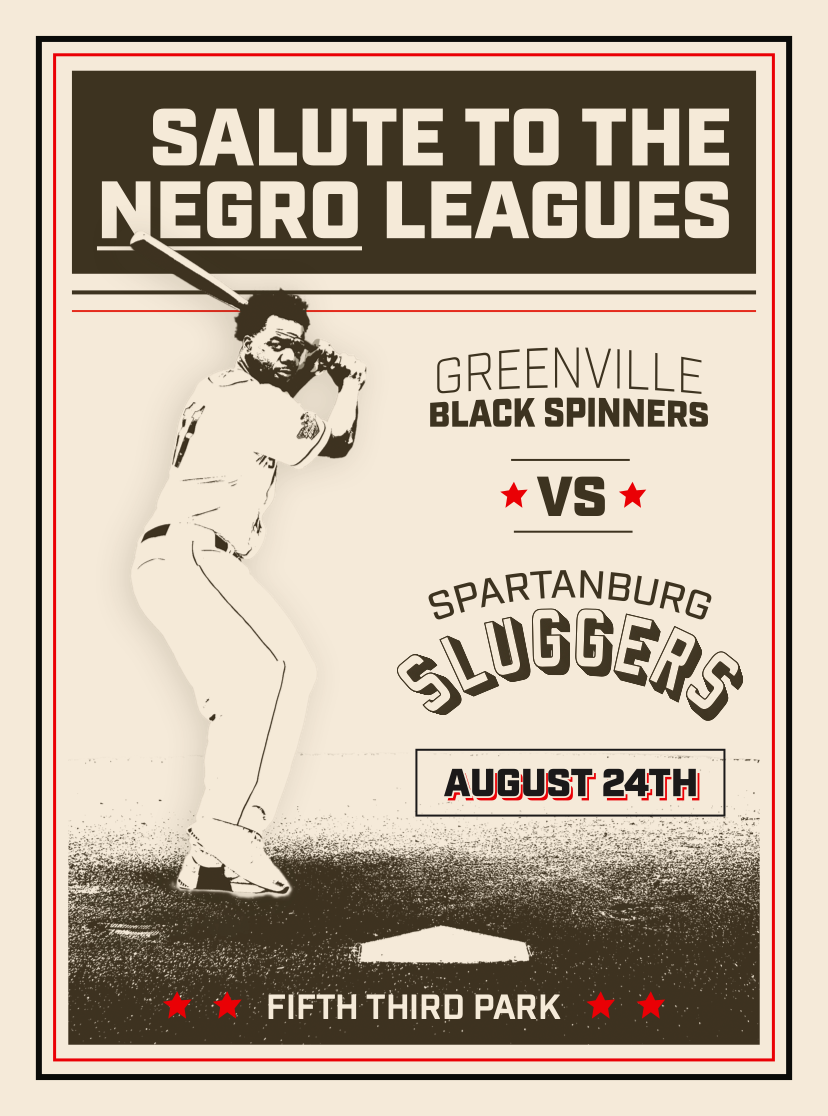
Who WAS Harry Dallara, and How Is He a Part of Duncan Park's Future?
Dr. Edwin C. Epps
When Harry Dallara died in Spartanburg on Friday, April 27, 2012, he had at least four nicknames. Three were based upon his skill as a tire salesman, first at Montgomery Ward and later at Sears Roebuck, beginning at the old downtown Sears store on Church Street near Wofford College.

Who WAS Harry Dallara, and How Is He a Part of Duncan Park's Future?
When Harry Dallara died in Spartanburg on Friday, April 27, 2012, he had at least four nicknames. Three were based upon his skill as a tire salesman, first at Montgomery Ward and later at Sears Roebuck, beginning at the old downtown Sears store on Church Street near Wofford College.
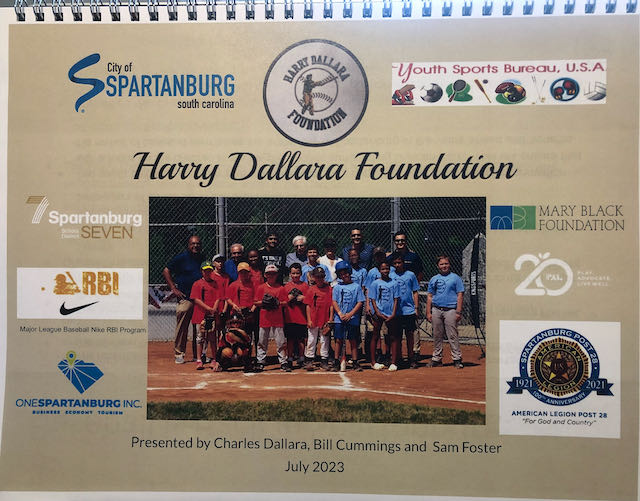
When Harry Dallara died in Spartanburg on Friday, April 27, 2012, he had at least four nicknames. Three were based upon his skill as a tire salesman, first at Montgomery Ward and later at Sears Roebuck, beginning at the old downtown Sears store on Church Street near Wofford College.
To some Harry was “Mr. Tire,” to others “Mr. Sears.” Most revealingly perhaps, a good many of Harry’s friends and customers called him “Mr. Dollar,” a play on the sound of his surname but also a tribute to his value to his employer. In fact Harry was such a good salesman that he even got called into the office of his sales manager for making more on his sales commissions than the manager had on his.
But Harry Dallara was also known to faculty, staff, and students at Converse College, where in retirement he tended all of the rose bushes on campus. Not only had Harry taught himself the niceties of rose culture though; he also incorporated his own personal kindness and human charm into his late life labor of love. He greeted the students with a genuine affection that was irresistible and even personally presented them with rose blossoms on their birthdays and on other occasions as they passed him at work on their way to morning classes. In appreciation the students dedicated the 1991 college yearbook to “The Rose Man” they loved.
But who was Harry Dallara, and how is his story relevant to that of Beautiful Duncan Park and Duncan Park Stadium?
Harry Anthony Joseph (Paul) Dallara was born in the Bronx, New York, on January 9, 1917, as a twin. His mother died during delivery, but Harry and his brother Louis survived. Harry attended school for only eight years before going to work to help his family during the difficult years of the Great Depression. Working first in a butcher shop and then in his father’s lumber and specialty furniture stores, Harry displayed a work ethic and welcoming personality that were to define his character during a long life well lived.
In an incident that reveals much about him, when Harry worked at his father’s furniture store in New York, he sold a specially designed wooden stool to Lou Gehrig’s mother, a sale which also enabled him to meet both Lou himself and Lou’s teammate Babe Ruth. The Yankees of course were Harry’s favorite team, and he remained a Yankees fan until the end of his life.
When World War II broke out, Harry joined the army and was sent to Camp Croft just outside Spartanburg’s southeastern city limits for basic training. While there he met young USO volunteer Margaret Clarke Kennedy on a bus, and although she stalled his advances until after the war, she had made a good enough impression that young Harry—the winner of a Purple Heart during the battle for Salerno, Italy—returned to the Hub City after the war and married Margaret in 1945.
Harry and Margaret settled into a contented life together in Spartanburg and raised two sons. After Margaret’s death, Harry married again and lived happily in Spartanburg with his second wife Mildred Pickett. Harry’s sons Dale Louis and Charles Harry were raised on the north side of Spartanburg, where they went to public schools, played baseball, and were taught by their father that all people deserved equal respect, not just those who looked like them.
Harry settled into a hugely successful career at Sears Roebuck and later a partnership with his twin brother in a local landscaping business in addition to his devotion to the Converse roses. He made friends in every endeavor he engaged in and won the gratefulness of those he touched with his generous spirit, with the result that his 90th birthday celebration included proclamations of “Harry Dallara Day” in both Spartanburg and the Borough of the Bronx.
Harry was also devoted to baseball throughout his life, not only as a Yankees fan in the grandstand at Yankee Stadium in the 1920s but also as a player himself, a coach, and a supporter of youth baseball, both at many fields in Spartanburg and especially at Harmon Field in nearby Tryon, North Carolina, which he began to frequent in the 1950s. He loved the old ballpark in the shadow of the Blue Ridge and played his final game there in March 2012; he last visited the field three days before his death the next month.
Two years after Harry Dallara died, his family and friends established the Harry Dallara Memorial Foundation “to honor the legacy of Harry Dallara and promote baseball among diverse youth in the Carolinas.” The Foundation’s first project was the reconditioning and renovation of the youth baseball field at the 47-acre Harmon Field complex in Tryon, North Carolina. The improvements at Harmon Field included:
- new grass and the installation of an irrigation system in the outfield
- the planting of infield grass
- the construction of fencing and bleachers
- erecting dugouts covered with shade cloth
- an electronic scoreboard
- a welcoming plaza including a life-sized statue of Harry Dallara swinging a bat in his 92nd year and a memorial bas-relief sculpture commemorating the Negro League Tryon All-Stars
The memorial to the Tryon All-Stars had a special resonance for Harry Dallara’s family. During the Jim Crow era the African American team had not been allowed to play at Harmon Field, the home ballpark for white teams. The injustice of this denial struck an especially strong response in Harry, who as a child growing up in the Bronx had himself experienced anti-immigrant discrimination as a young Italian-American.
At the formal celebration of the Dallara Foundation’s work in Tryon, New York Yankee second baseman Bobby Richardson spoke, as did Tryon mayor Alan Peoples and Harry’s grandson Adrian. At the Grand Opening of the ballfield, the first pitches were thrown out by Keenysia Young, a great-niece of Tryon All-Stars player Jimmy Young; by Oumar Koume, Harry’s grandson; and by Harry’s son Charles.
The success of the Harmon Field Project led to the Harry Dallara Foundation’s next initiative: the restoration and renovation of the two youth baseball fields at Duncan Park in Spartanburg. Not only had Charles Dallara, Harry’s son and the Chairman of the Board of the Foundation, grown up in the Hub City, but Charles also knew other corporate executives and government officials who shared the Foundation’s vision for a project designed to build bridges between the diverse communities in the city while renewing opportunities for center city youth to engage in the character- and team-building features of the sport of baseball. Moreover, two of the other members of the Board of Directors—Sam Foster, a real estate executive and former Vice Chair of the University of South Carolina Board of Trustees; and local retired attorney Bill Cummings—live in Rock Hill and Spartanburg respectively and share a belief in the power of sports to change the life course of young athletes. Foster himself was a football player and track star, and Cummings’s children and grandchildren played baseball on local fields.
The Dallara Foundation’s vision for Duncan Park is similar to that realized in Tryon at Harmon Field. Plans include:
- replacing fencing and lighting as needed at the youth fields
- installation of new electronic scoreboards
- improving the dugout spaces
- adding new infield grass and comfortable bleacher seating
- the creation of a new plaza area between the two baseball fields, including renovated concession and bathroom areas
- the creation of a bas-relief bronze plaque commemorating the Negro League Spartanburg Sluggers of the 1920s—1950s
- the creation of a bas-relief plaque recognizing a distinguished Spartanburg County military veteran to be chosen by American Legion Post 28, whose teams have played at Duncan Park stadium since 1933
The youth field improvements will be coordinated with the comprehensive Revitalization Plan recently completed by the City of Spartanburg, PAL Spartanburg, and the Friends of Duncan Park Committee. Mark Byington, a widely respected landscape architect who has worked on plans for Harmon Field, the Mary Black Foundation headquarters, the gardens at Montgomery Commons, and the original plans for Barnet Park, will provide leadership for this cooperative undertaking. Funding sources include a $100.000 grant from the Mary Black Foundation; a $250,000 partnership initiative led by the Dallara Foundation and a coalition of local businesses, philanthropic organizations, and individuals; and a new youth baseball league mobilized specifically within and for targeted zip code areas surrounding Duncan Park.
Interested donors who wish to contribute to the success of these initiatives should contact Charles Dallara, the Chairman of the Board and Treasurer of the Harry Dallara Memorial Foundation, at (212) 908-2915 or charlesdallara@partnersgroup.com; Laura Ringo, the Executive Director of PAL/Play. Advocate. Live Well Spartanburg at (864) 598-9638 or lringo@palspartanburg.org; Deputy Spartanburg City Manager Mitch Kennedy at (864) 596-2785 or mkennedy@cityofspartanburg.org ; Molly Talbot-Metz, President and CEO of The Mary Black Foundation at (864) 398-4276 or mmetz@maryblackfoundation.org or Todd Staley, Spartanburg High School Athletic Director at (864) 594-4410 or MTStaley@spart7.org.
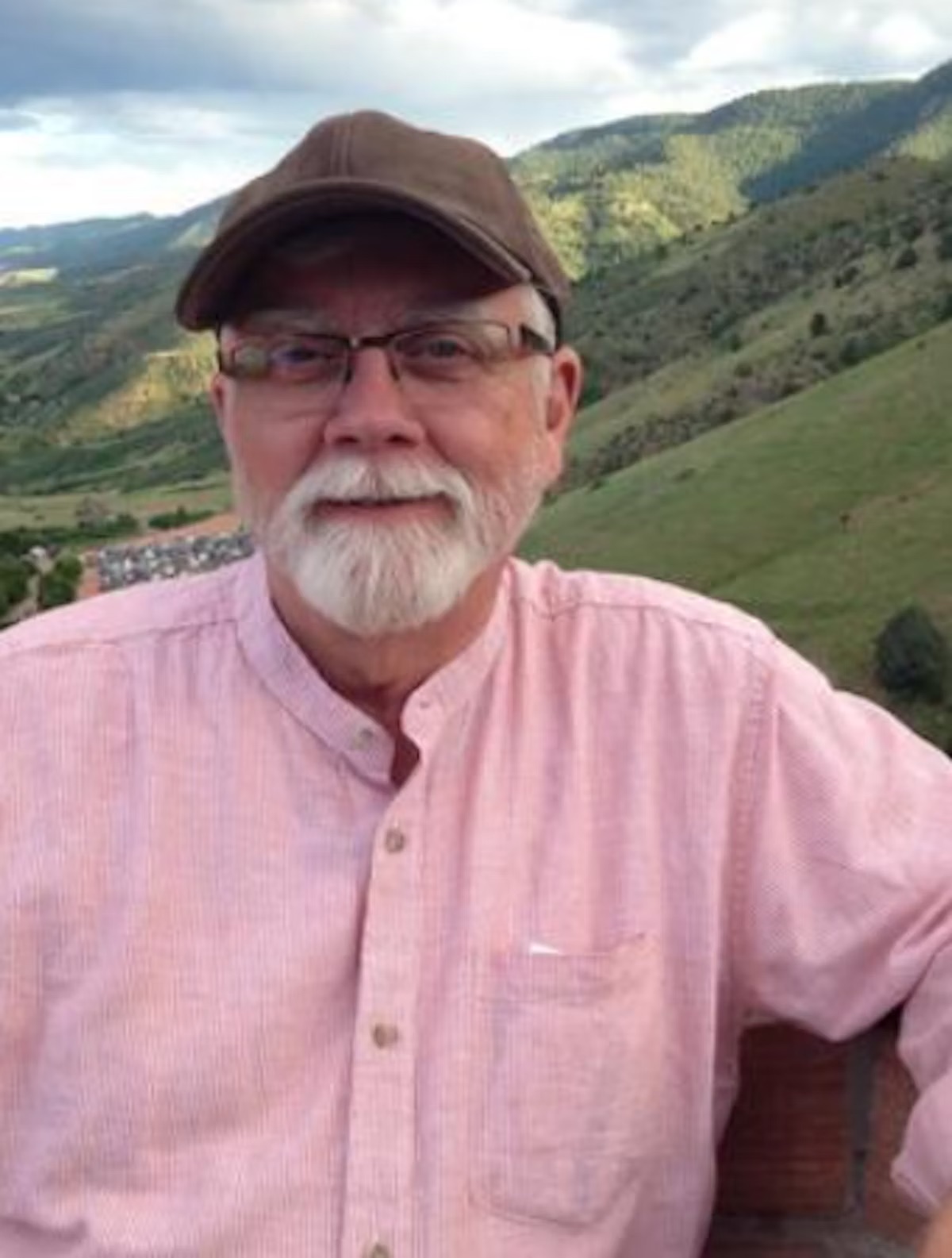
Dr. Edwin C. Epps
Author
Dr. Edwin C. Epps is a retired educator with more than forty years' experience in public school classrooms... He is the author of Literary South Carolina (Hub City Press, 2004) and a proud member of Phi Beta Kappa who believes in the value of the humanities in a rapidly changing world.

